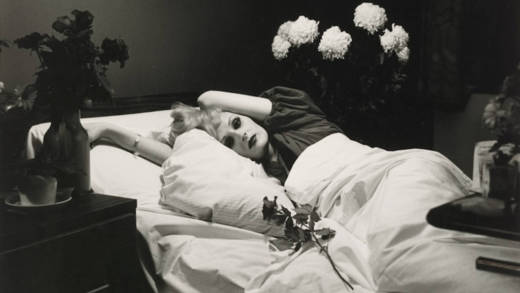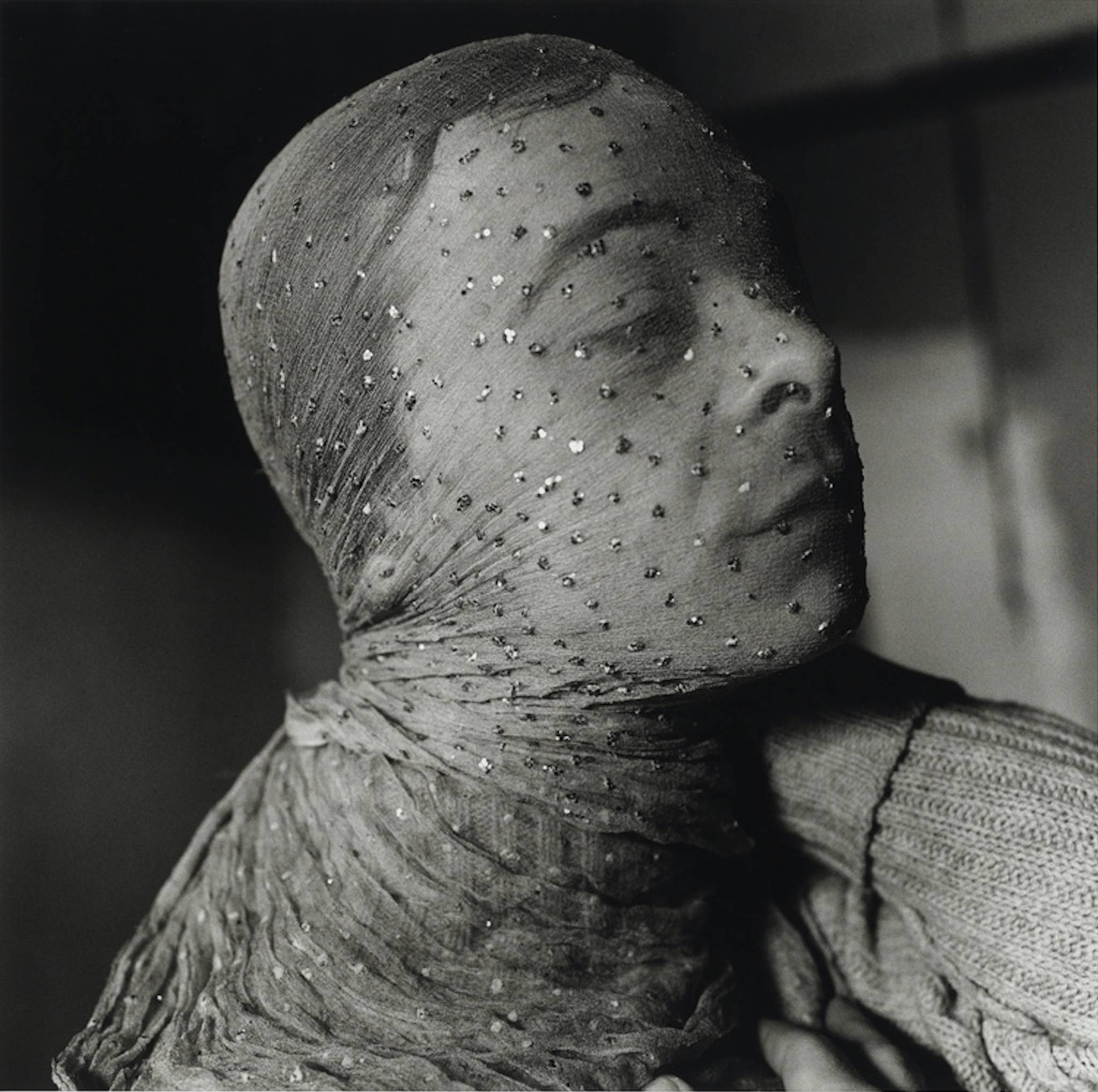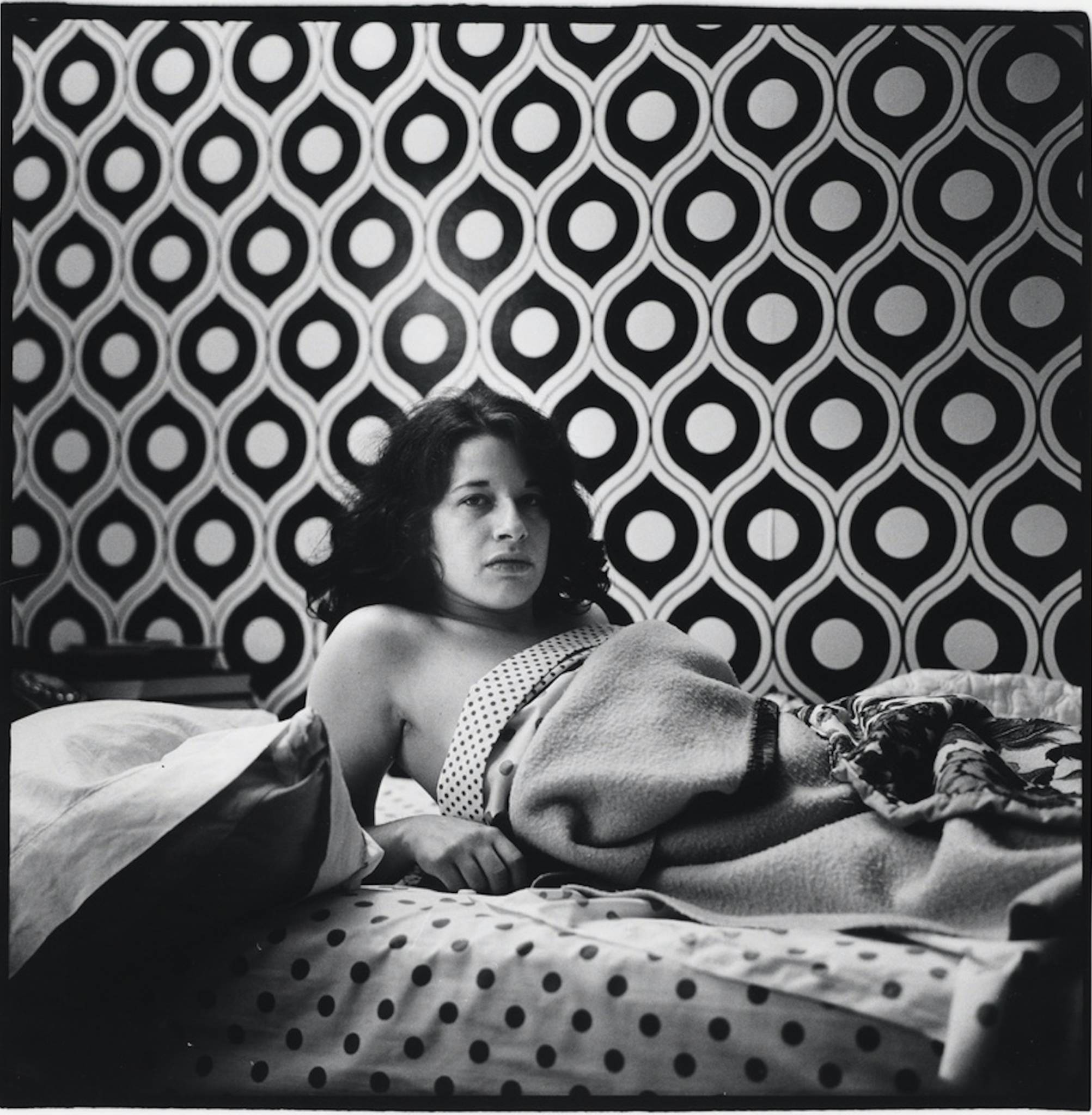Peter Hujar: Speed of Life, the elegantly staged photography retrospective recently landed in Berkeley, bears a poignant misnomer. For Hujar (1934-1987), portraying landscapes, animal studies and the personalities that lit up his professional and personal galaxy as they approached stardom was a way to slow, not accelerate, life’s heady pace amidst radical change in 1970s and ’80s New York. On view through mid-November at its only West Coast venue, the exhibition speaks to the singularity of artistic vision and the power of institutional influence to make, or break, a career.
Descending the museum’s wooden platform steps, viewers encounter the first suite of Hujar’s black-and-white photographs. Two rows of 12 images each feature the subjects that shaped the artist’s body of work—landscapes and cityscapes, portraiture, nudes, animal studies and still lifes—and recreate Hujar’s 1986 installation at Gracie Mansion Gallery in New York, the last presented in his lifetime.
Dividing an exhibition in this way, especially on the museum’s lower level, is a risk. As audiences wander through the museum’s rabbit-warren galleries, it’s possible to lose the visual thread that is first introduced. Curator Apsara DiQuinzio’s choice to isolate the first 24 photographs, however, is strategic: It presents the work as the artist preferred it to be seen, and introduces sequence as the force that guides the exhibition throughout.
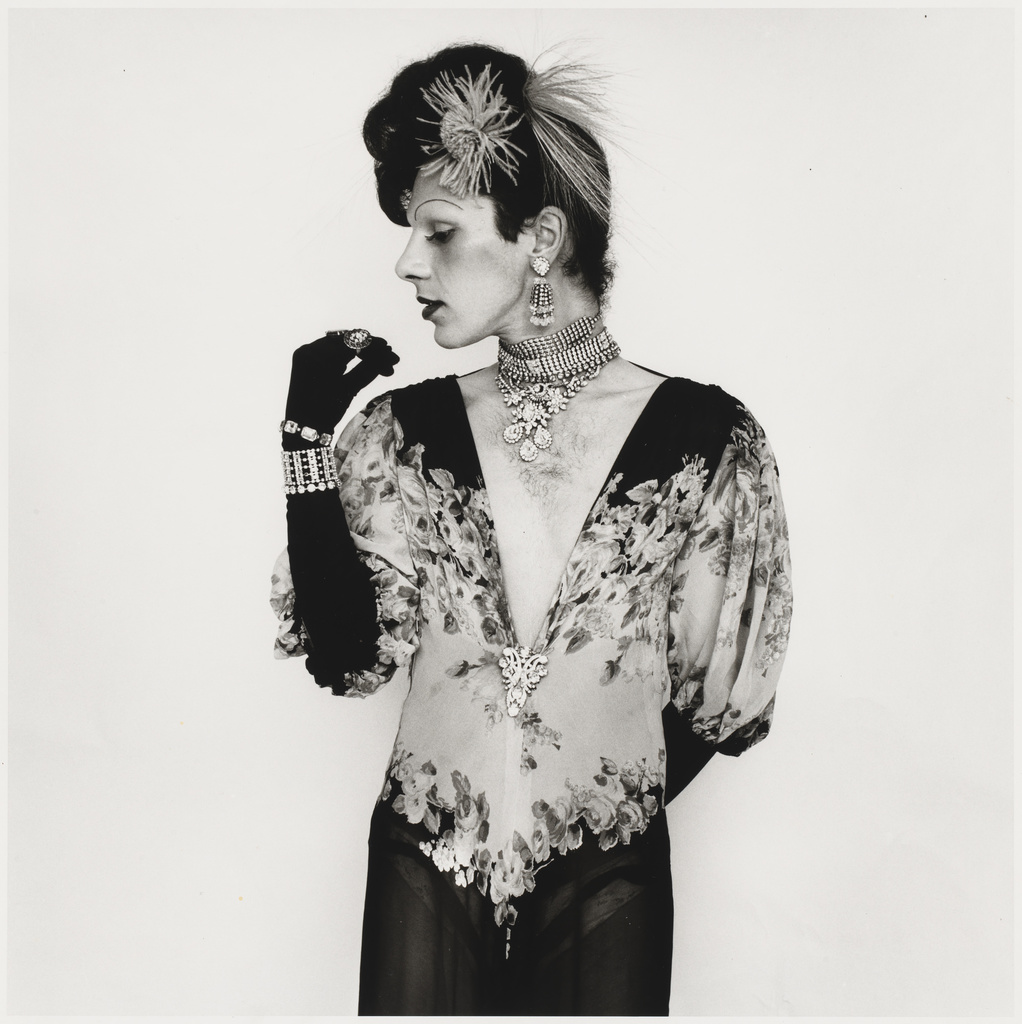
The span is engaging and daunting. What are we to make of a West Virginia draft horse paired with a portrait of photographer Lynn Davis, or an image of a severed bovine head coupled with an portrait of the late singer Peggy Lee? No discernible rhythm is evident, but a powerful sense of potential energy is.
Stepping into the primary installation, alternating grids and rows of images pick up the presentation scheme introduced in the museum’s atrium. Other than the labels that report basic information about each piece (title, date, dimensions, lending institution), there is little text provided. When it is present, often in the form of extended didactic labels, the text reveals important notes about Hujar’s practice.
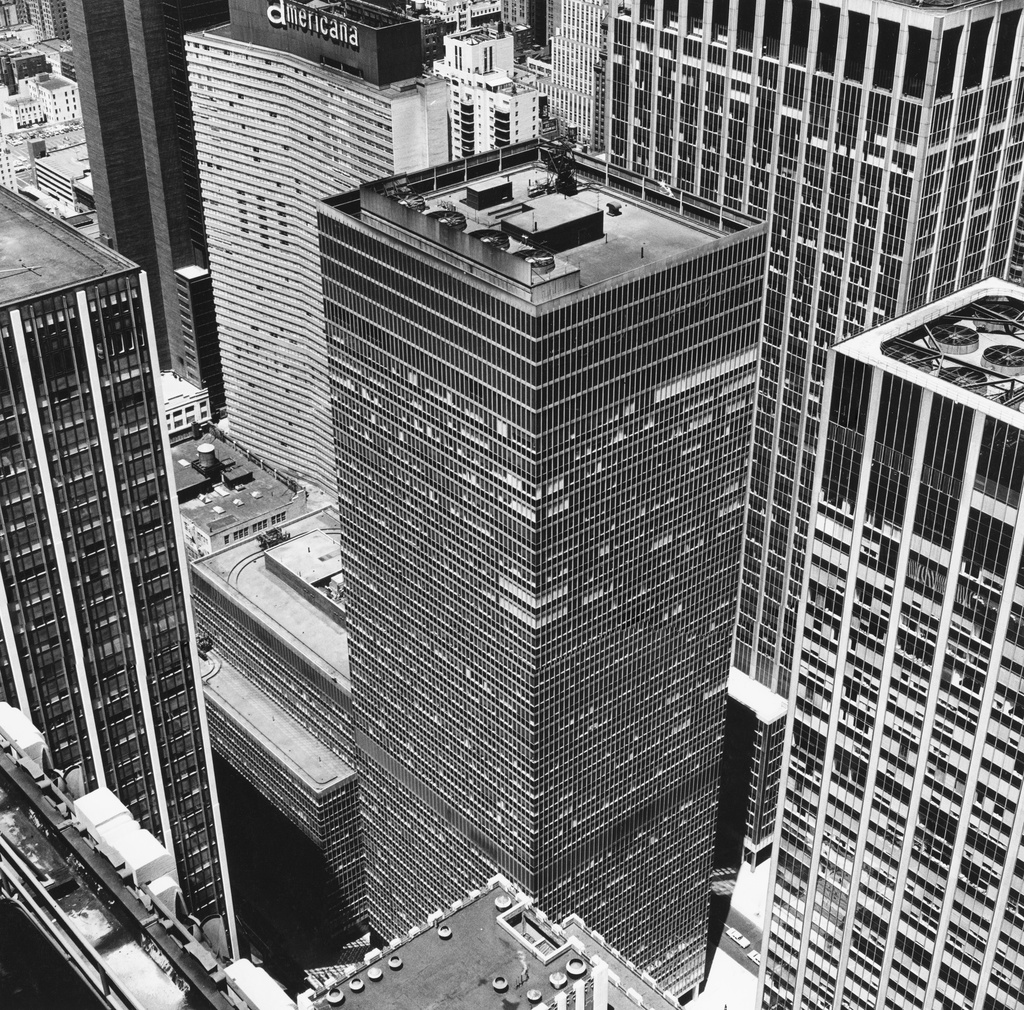
In one example, DiQuinzio draws our attention to the artist’s appreciation for diagonal (top left to bottom right corner) compositions in a four-image arrangement at the center of the gallery’s long left wall. Dancer Sheryl Sutton’s powerful forward pose resonates with an intimate portrait of David Levithan in bed and a mountainous landscape scene captured during his travels throughout Italy.
